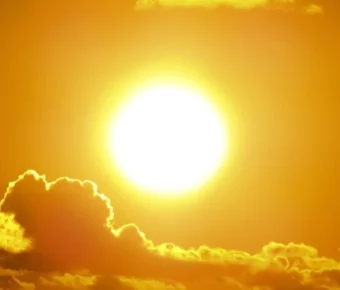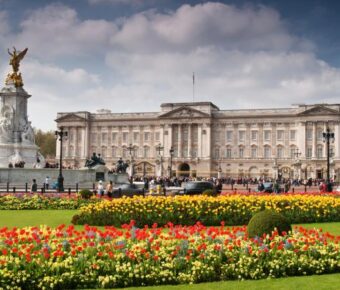
How Much Does a Camping Trip Cost: Budget-Friendly Nature Escape
Thinking about a camping trip but worried about the costs? You’re not alone. Many people assume camping is always cheap, but the truth is more nuanced. A camping trip can cost anywhere from $200 to $1,500 for a weekend, depending on your choices and gear needs.
The good news is camping can still be a budget-friendly option compared to other types of vacations. With some smart planning, you can keep costs down while enjoying the great outdoors. From basic tent setups to more luxurious “glamping” experiences, there’s a camping style to fit almost any budget.
Ready to start planning your outdoor adventure? Let’s break down the costs you need to consider. We’ll look at everything from campground fees and gear to food and transportation. By the end, you’ll have a clear idea of what to expect and how to make your camping trip both fun and affordable.
Table of Contents
- Key Takeaways
- Understanding the Basics of Camping Costs
- Different Types of Camping and Their Costs
- Average Camping Budget Breakdown
- Seasonal Considerations in Camping Expenses
- Calculating Transportation and Travel Expenses
- Fuel Costs and Efficient Travel Planning
- Considering Distance to Campsites
- Choosing the Right Camping Gear for Your Budget
- Essential Camping Equipment and Costs
- Where to Find Affordable Camping Gear
- Accommodations: Choosing Campsites and Managing Costs
- Campsite Fees and Reservations
- Alternative Camping Accommodations
- Food and Supplies: Budgeting for Sustenance
- Cost-Effective Meal Planning for Campers
- Calculating Food and Drink Expenses
- Engaging in Cost-Friendly Outdoor Activities
- Free and Low-Cost Camping Activities
- Evaluating Activity-Related Expenses
- Saving on Additional and Unexpected Costs
- Avoiding Hidden Fees and Extra Charges
- Dealing with Emergency Expenses
- Maximizing Your Camping Experience Within Budget
- Crafting a Memorable Camping Trip That’s Affordable
- Incorporating Luxury Elements Frugally
- Book Your Dream Experience
- More Travel Guides
Key Takeaways
- Camping costs vary widely based on gear, location, and style
- Smart planning can keep your trip budget-friendly
- Consider all expenses like fees, food, and transportation when budgeting
Understanding the Basics of Camping Costs
Camping costs can vary a lot depending on your style and choices. Let’s break down the typical expenses you might face when planning a camping trip.
Different Types of Camping and Their Costs

Tent camping is often the cheapest option. You can find spots for as little as $20 a night at basic campgrounds. If you want more amenities, expect to pay $30-50 per night.
RV camping costs more. Campsite fees for RVs range from $30-80 nightly, depending on hookups and location. Don’t forget to factor in RV rental or purchase costs if you don’t own one.
Glamping is the priciest choice. Luxury campsites or pre-set glamping tents can cost $100-300 per night. You get comfy beds, electricity, and sometimes even air conditioning.
For each type, remember to add in gear costs. A basic tent setup might run you $200-500, while high-end glamping gear could top $4,000.
Average Camping Budget Breakdown
Here’s a rough idea of what you might spend on a 3-day camping trip for two people:
- Campsite fees: $60-150
- Food and drinks: $100-200
- Gas for travel: $50-100
- Gear rental (if needed): $50-200
Your total could range from $260 to $650, not including any gear you need to buy.
Don’t forget smaller expenses like firewood, ice for the cooler, and campground showers. These can add up to $20-50 per trip.
If you’re new to camping, budget extra for basic gear. A tent, sleeping bags, and a cooler might cost $200-400 total.
Seasonal Considerations in Camping Expenses
Summer is peak camping season. Prices are highest and spots fill up fast. Book early to save money and ensure you get a site.
Spring and fall camping can be cheaper. Many campgrounds offer lower off-season rates. You might save 20-30% compared to summer prices.
Winter camping is often the cheapest, but it’s not for everyone. Some campgrounds close, while others offer steep discounts. Be ready for cold weather and pack the right gear.
Holiday weekends always cost more. Expect to pay 10-25% extra for Memorial Day, Fourth of July, or Labor Day camping trips.
Calculating Transportation and Travel Expenses
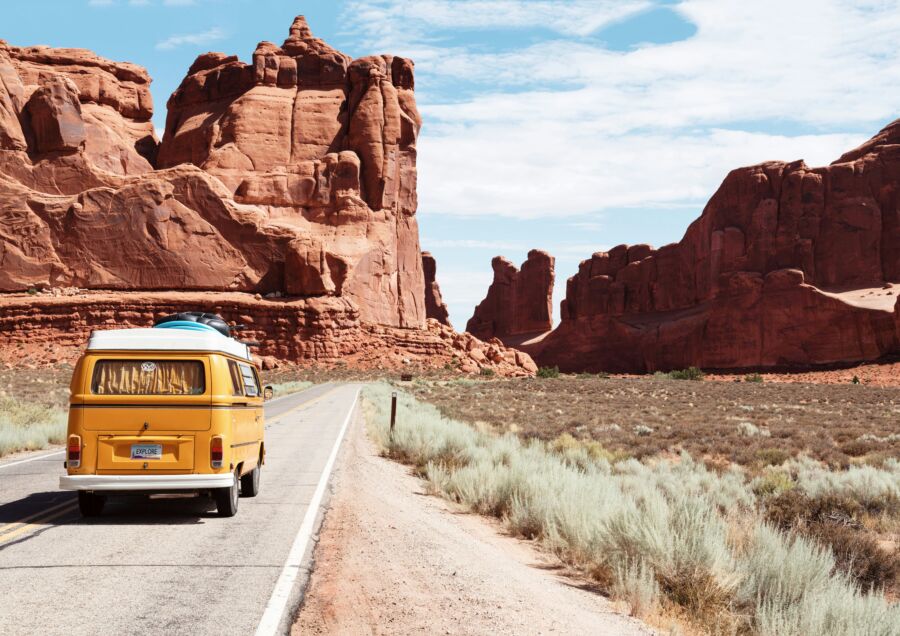
Getting to your campsite can be a big part of your trip budget. Let’s look at how to figure out these costs and plan smart for your camping adventure.
Fuel Costs and Efficient Travel Planning
Fuel is often the biggest travel expense for campers. To estimate your fuel costs, check your vehicle’s miles per gallon and the current gas prices. For a 1,200-mile round trip in a car that gets 25 mpg, you might spend about $150-$200 on gas.
Planning your route carefully can save money. Use apps to find the cheapest gas stations along your way. Pack light to improve fuel efficiency. If you’re renting a car, compare prices from different companies to get the best deal.
Consider carpooling with friends to split costs. This can cut your personal expenses and make the trip more fun.
Considering Distance to Campsites
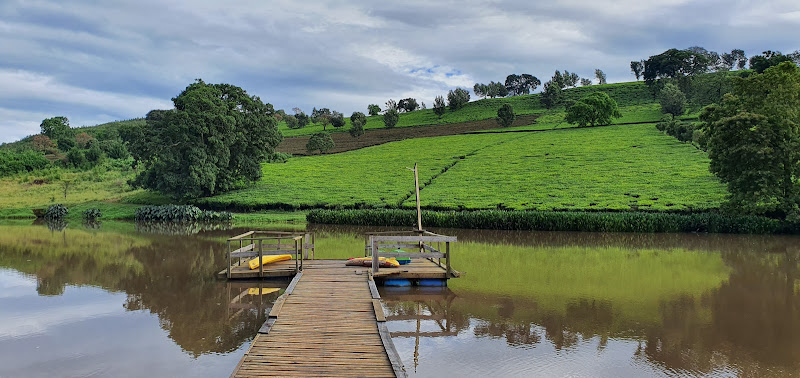
Choosing a campsite closer to home can really cut down on travel costs. Look for great spots within a few hours’ drive. You’ll spend less on gas and might avoid overnight stays on the road.
If you’re set on a faraway campground, think about making it a longer trip to get more value for your travel dollar. A week-long stay can justify higher transportation costs better than just a weekend.
Don’t forget to factor in any tolls or parking fees along your route. These can add up, especially on longer trips. Plan ahead to avoid surprises in your budget.
Choosing the Right Camping Gear for Your Budget

Picking the right camping gear can make or break your trip. It’s important to balance quality and cost when selecting equipment. Let’s look at essential items and where to find them affordably.
Essential Camping Equipment and Costs
A good tent is your home away from home. Expect to pay $50-$200 for a basic 2-4 person tent. Sleeping bags range from $30 for budget options to $100+ for warmer, more comfortable ones. Don’t forget a sleeping pad ($20-$50) to insulate you from the cold ground.
A reliable camping stove costs $20-$60. Grab a cooler for $30-$100 to keep food fresh. Pack a first aid kit ($15-$30) and headlamp ($10-$30) for safety.
Other useful items:
- Camp chairs: $20-$50 each
- Water bottles: $10-$30 each
- Multi-tool: $15-$50
Remember, you don’t need top-of-the-line gear to enjoy camping. Focus on comfort and durability within your budget.
Where to Find Affordable Camping Gear
You don’t have to break the bank for quality camping equipment. Check out end-of-season sales at outdoor retailers for big discounts. Many stores offer up to 50% off as they clear out last year’s models.
Second-hand sporting goods stores often have gently used gear at great prices. You might snag a $200 tent for just $50. Online marketplaces are another goldmine for deals on pre-owned equipment.
Rental shops can be a smart choice if you’re new to camping. Try out different gear before buying. Some travel sites offer equipment rentals along with campsite bookings.
Don’t forget to ask friends and family if they have spare gear you can borrow. It’s a great way to test out camping before investing in your own equipment.
Accommodations: Choosing Campsites and Managing Costs
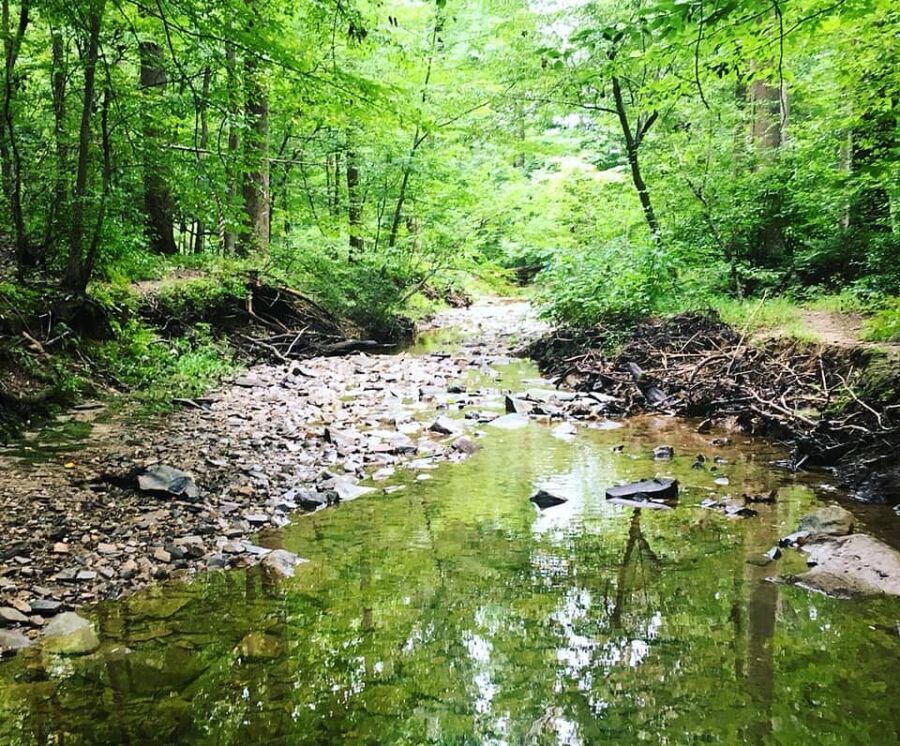
Picking the right campsite can make or break your outdoor adventure. Let’s look at how to find affordable spots and explore some unique camping options that won’t break the bank.
Campsite Fees and Reservations
Campsite costs vary widely depending on location and amenities. National parks often charge $20-30 per night for basic sites. State parks are usually cheaper, around $15-25. Private campgrounds can range from $25-50+ nightly.
To save money, book early! Many popular camping spots fill up fast, especially in peak season. Look for first-come, first-served sites if you’re flexible. These are often cheaper but riskier.
Consider camping on weekdays instead of weekends. You’ll find lower rates and smaller crowds. Some campgrounds offer discounts for longer stays or off-season visits.
Alternative Camping Accommodations
Want to camp for free? Try dispersed camping on public lands. Just remember to follow Leave No Trace principles.
KOA campgrounds offer cabin rentals if you’re not ready for tent life. These cost more but provide comfy beds and electricity.
For a unique experience, check out hipcamp.com. You can rent private land for camping, often at reasonable prices. Options range from backyards to farms.
Don’t forget about RV rentals! While pricier upfront, they can save money on long trips by cutting hotel and restaurant costs.
Food and Supplies: Budgeting for Sustenance

Planning meals and packing the right supplies can make or break your camping trip. Smart budgeting for food keeps costs down while ensuring you stay well-fed in the great outdoors.
Cost-Effective Meal Planning for Campers
Start by making a meal plan for each day of your trip. Focus on simple, filling dishes that don’t need fancy ingredients or tools. Oatmeal, sandwiches, and one-pot meals like chili or pasta are great options. Bring snacks like trail mix and granola bars for energy boosts between meals.
Pack a cooler with ice packs to keep perishables fresh. Opt for foods that don’t spoil quickly, like apples, carrots, and hard cheeses. Canned goods and dry staples like rice and pasta are budget-friendly choices that last the whole trip.
Don’t forget basic cooking gear – a portable stove, pots, pans, and utensils. Thrift stores often have cheap camping cookware. Bring reusable water bottles to avoid buying bottled water.
Calculating Food and Drink Expenses
Food costs vary based on trip length and cooking style. For basic meals, budget about $10-$15 per person per day. If you plan fancier camp cooking, that might jump to $20-$30 daily.
Here’s a sample daily food budget for 2 people:
- Breakfast (oatmeal, fruit): $4
- Lunch (sandwiches, chips): $8
- Dinner (pasta, veggies): $10
- Snacks and drinks: $8
Total: $30 for 2 people ($15 each)
Buy in bulk and prep food at home to save money. Avoid convenience foods and pre-packaged meals – they’re pricey and often unhealthy. With smart planning, you can eat well on a camping trip without breaking the bank.
Engaging in Cost-Friendly Outdoor Activities

Camping trips offer plenty of ways to have fun without breaking the bank. You can enjoy nature and make lasting memories through simple, affordable activities.
Free and Low-Cost Camping Activities
Hiking is a great way to explore your surroundings at no extra cost. Pack a map and some snacks, then hit the trails near your campsite. You’ll get exercise and see beautiful views.
Stargazing is another free activity perfect for camping. Bring a blanket and lay out under the night sky. Try to spot constellations or planets.
Fishing can be an inexpensive and rewarding pastime. Many campsites are near lakes or rivers where you can fish. Just make sure you have the right permits. Bring your own gear to save money.
Campfire stories and songs cost nothing but create priceless memories. Gather around the fire at night to share spooky tales or sing your favorite tunes.
Evaluating Activity-Related Expenses
Some activities may have small fees or equipment costs. Renting kayaks or canoes can be fun but adds to your budget. Check prices ahead of time and decide if it’s worth the expense.
Guided nature walks or ranger programs are often free or low-cost at state and national parks. These can teach you about local plants and animals.
If you want to try rock climbing or mountain biking, you might need to rent gear. Look for deals or bring your own equipment if possible.
For a special treat, you could book a guided outdoor tour. While pricier, these can offer unique experiences led by experts.
Always factor in any entrance fees to parks or attractions in your activity budget. Many places offer free days or discounts, so plan accordingly.
Saving on Additional and Unexpected Costs
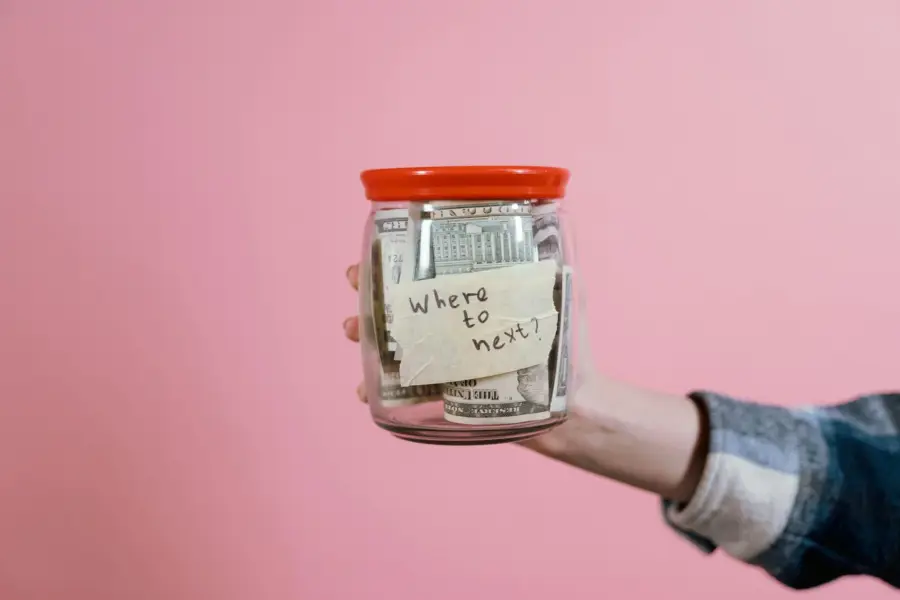
Camping trips can sneak up on your wallet if you’re not careful. Let’s look at ways to avoid surprise expenses and handle emergencies without breaking the bank.
Avoiding Hidden Fees and Extra Charges
Watch out for those sneaky campground fees! Many places tack on charges for firewood, showers, or even parking. Before you book, call ahead and ask about any extra costs. Some campgrounds charge entrance fees on top of your site rental.
To save cash, bring your own firewood if allowed. Also, pack quarters for coin-operated showers. And don’t forget to ask about discounts – many spots offer deals for seniors, military, or longer stays.
Pro tip: Avoid popular weekends when prices often jump. Mid-week camping can save you big bucks on site fees.
Dealing with Emergency Expenses
Stuff happens, even in nature. Be ready for the unexpected without emptying your wallet. First, pack a basic first aid kit. It’s way cheaper than a campground store or nearby pharmacy.
Then, bring some emergency cash, but not too much. $50-100 should cover most surprises. For bigger issues, have a credit card handy just in case.
Consider travel insurance if you’re going far from home. It can save you tons if something major comes up. And don’t forget to check your car insurance – make sure you’re covered for roadside help if you break down in the boonies.
Maximizing Your Camping Experience Within Budget

Smart planning and creativity can make your camping trip amazing without breaking the bank. From savvy gear choices to clever luxury touches, there are many ways to elevate your outdoor adventure on a budget.
Crafting a Memorable Camping Trip That’s Affordable
Start by choosing a free or low-cost campsite. Many national forests and BLM lands offer free dispersed camping. State parks often have affordable sites with basic amenities.
Then, pack simple, filling meals like oatmeal, sandwiches, and one-pot dinners to keep food costs down.
Next, bring games and activities that don’t cost extra. A deck of cards, frisbee, or field guide for identifying plants and animals can provide hours of free entertainment. Take advantage of ranger-led programs at parks for educational experiences at no added cost.
Lastly, borrow or rent gear instead of buying everything new. Many outdoor stores offer rental services for tents, sleeping bags, and other essentials. This lets you try camping without a big upfront investment.
Incorporating Luxury Elements Frugally
You don’t have to rough it completely to stay on budget. Bring a few comfort items to make your campsite feel special. A cozy blanket, string lights, or inflatable pillows can add a touch of glamping.
Get creative with campfire cooking. Wrap foil packets of veggies and meat for easy gourmet meals. Also, bring a French press for delicious morning coffee. Don’t forget s’mores ingredients for a classic camping treat.
Look for free natural luxuries. Find a campsite with a view, near a lake for swimming, or in a prime stargazing spot. These priceless amenities can make your trip feel high-end without the cost.
